Tips on helping pollination when bees are absent
ladon
12 years ago
Related Stories
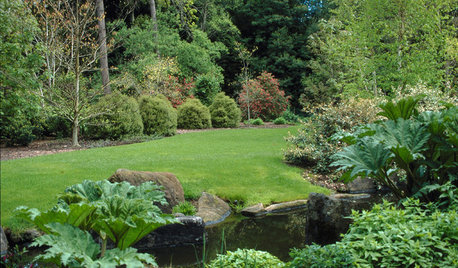
GARDENING GUIDESYou Don't Need Prairie to Help Pollinators
Woodlands, marshes, deserts — pollinators are everywhere
Full Story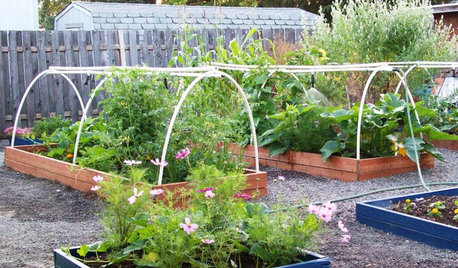
BENEFICIAL INSECTSAttract Pollinators for a Productive Edible Garden
You can lure bees, butterflies and birds into your yard with the right flowers and nesting spots
Full Story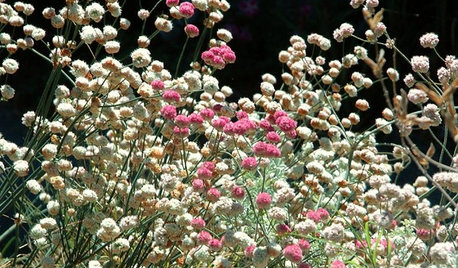
GARDENING GUIDESGreat Design Plant: Eriogonum Nudum, a Summer Oasis for Pollinators
Naked buckwheat is a bee and butterfly magnet with an easy nature, a tough constitution and profuse pom-pom flowers in summer
Full Story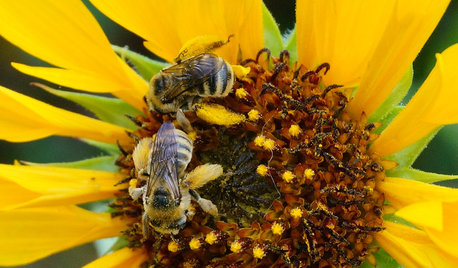
EARTH DAY12 Entertaining ‘Bee-haviors’ of Native Bees
The parade of pollinator antics is another reason to create a garden that nurtures native bees
Full Story
GARDENING GUIDESAttract Hummingbirds and Bees With These Beautiful Summer Flowers
Roll out a welcome mat for pollinators to keep your landscape in balance and thriving
Full Story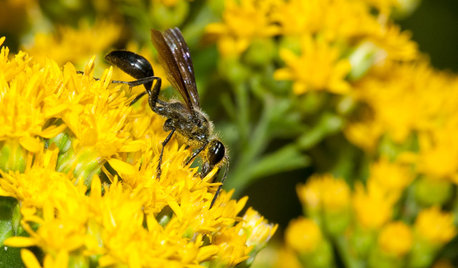
GARDENING GUIDESMeet the Grass-Carrying Wasp, a Gentle Pollinator of Summer Flowers
These fascinating insects nest in wood cavities and hollow plant stems
Full Story
EARTH DAYHow to Design a Garden for Native Bees
Create a garden that not only looks beautiful but also nurtures native bees — and helps other wildlife in the process
Full Story
GARDENING GUIDESInvite Cellophane Bees to Your Garden by Providing Patches of Bare Soil
Look for cellophane bees (Colletes) pollinating flowering trees and shrubs in U.S. gardens this spring
Full Story
GARDENING AND LANDSCAPINGBe a Citizen Scientist to Help Wildlife, Learn and Have Fun Too
Track butterflies, study birds, capture stars ... when you aid monitoring efforts, you’re lending Mother Nature a hand
Full Story
GARDENING GUIDESInvite Mining Bees to Your Garden by Planting Their Favorite Plants
Look for mining bees (Andrena) pollinating woodland wildflowers in U.S. gardens this spring
Full StoryMore Discussions







Rusty
digdirt2
Related Professionals
Buford Landscape Contractors · Gainesville Landscape Contractors · Farmington Landscape Contractors · Fort Worth Landscape Contractors · Lorain Landscape Contractors · Wayland Landscape Contractors · Arlington General Contractors · Aurora General Contractors · Leavenworth General Contractors · Nashua General Contractors · Redding General Contractors · Vincennes General Contractors · Westerly General Contractors · Clermont Decks, Patios & Outdoor Enclosures · Freehold Decks, Patios & Outdoor Enclosuresstructure
rnewste
jimster
qaguy
ladonOriginal Author
digdirt2
californian
ladonOriginal Author
digdirt2
dickiefickle
deb1955
rnewste
susancol
structure